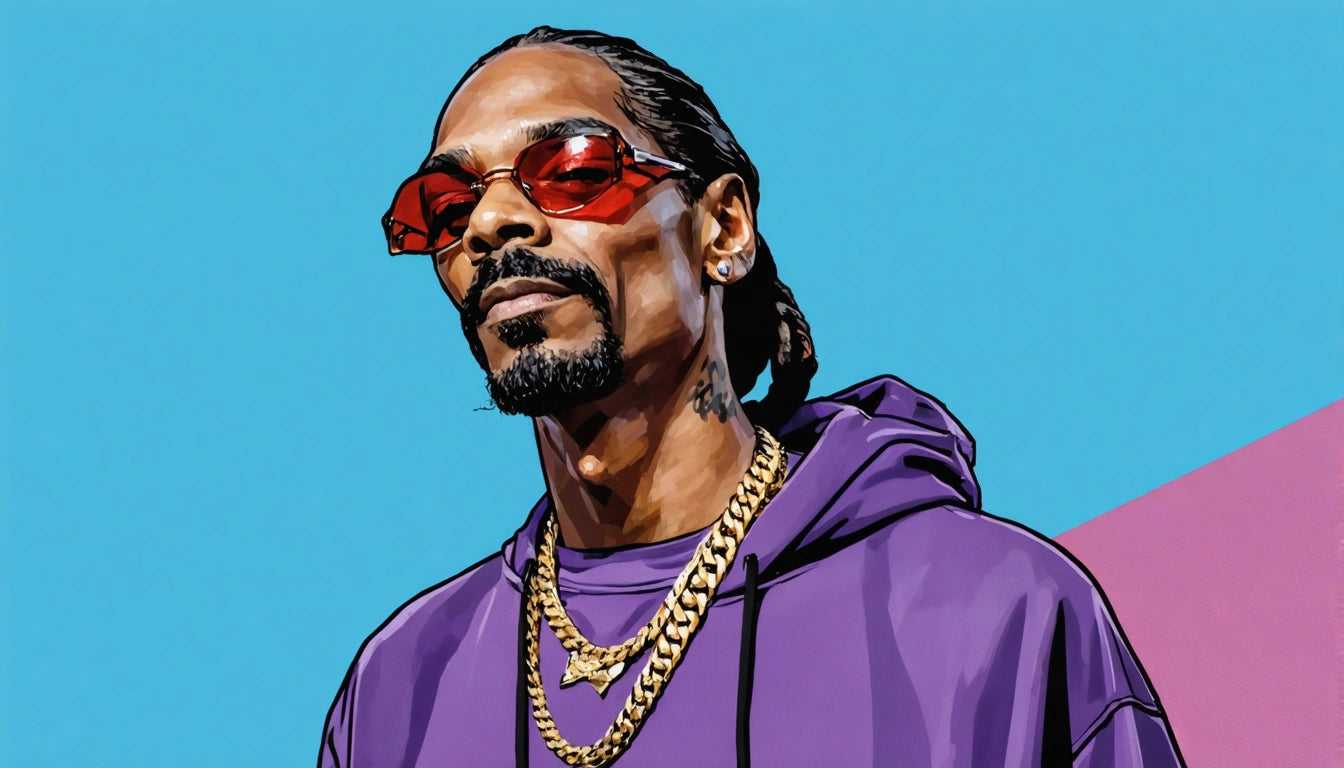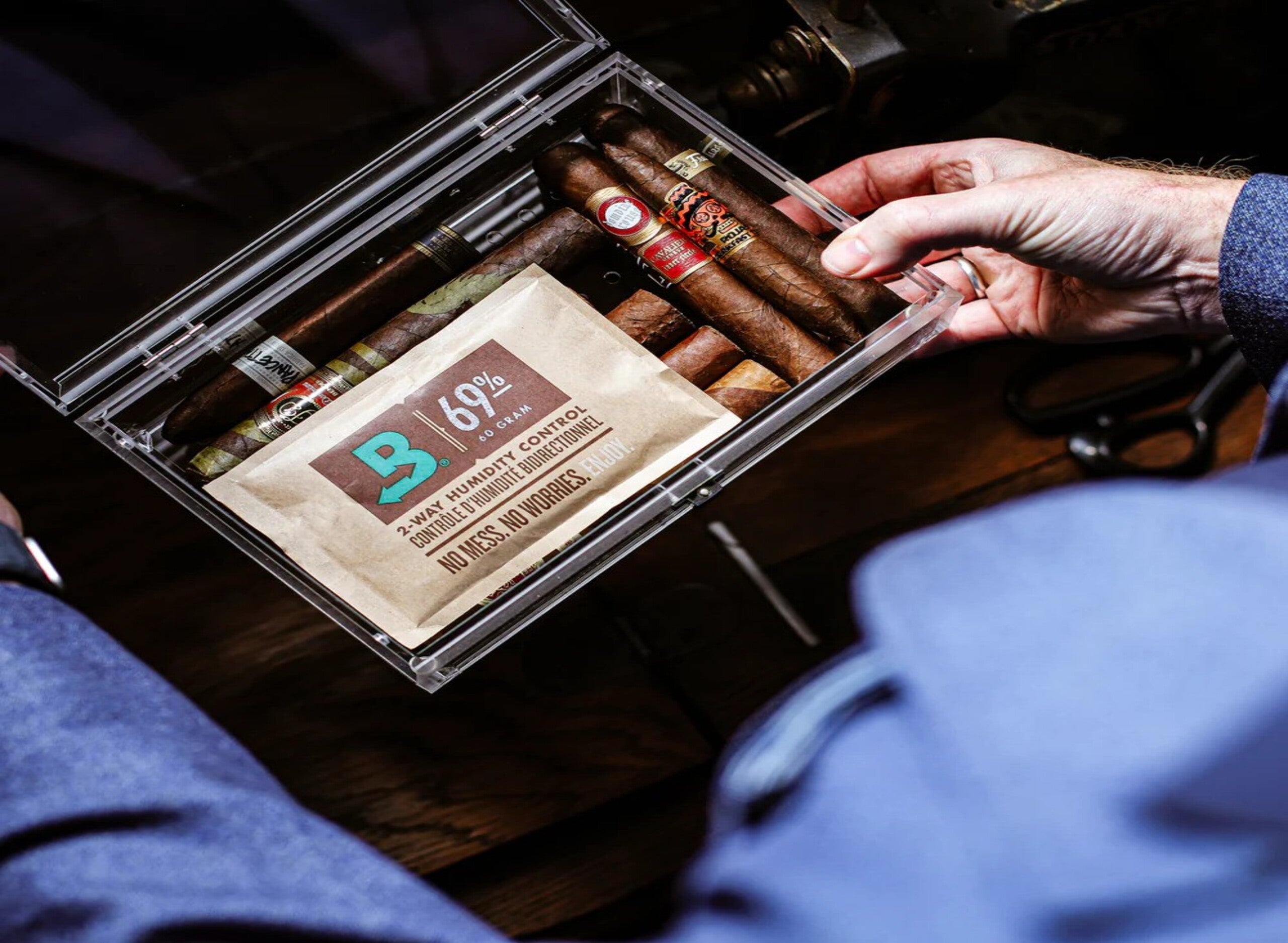Table of Contents
Exploring Snoop Dogg's Iconic Album: No Limit Top Dogg
Released on May 11, 1999, "No Limit Top Dogg" marked a pivotal moment in Snoop Dogg's musical journey. As his second album with Master P's No Limit Records, this project showcased Snoop's ability to balance his West Coast roots with the Southern bounce that defined the No Limit sound. The album arrived during a transformative period in Snoop's career, following his departure from Death Row Records and his rebranding as Snoop Dogg from his original moniker, Snoop Doggy Dogg.
No Limit Top Dogg: Background and Release
After joining No Limit Records in 1998 and releasing "Da Game Is to Be Sold, Not to Be Told," Snoop Dogg quickly followed up with "No Limit Top Dogg" the following year. This sophomore effort with the label represented Snoop's attempt to reclaim his musical identity while still operating within the No Limit ecosystem. The album's title cleverly played on the label's name while asserting Snoop's position as a top-tier artist.
The late 1990s represented a period of transition in hip-hop, with the East Coast-West Coast rivalry cooling down and Southern rap gaining mainstream traction. Snoop's alliance with No Limit Records, based in New Orleans, reflected this geographical diversification in hip-hop's power centers.
Musical Production and Sonic Identity
Return to G-Funk Roots
Unlike his first No Limit release, which leaned heavily into the Beats By the Pound production style, "No Limit Top Dogg" saw Snoop returning to his G-Funk roots. Dr. Dre, who had produced Snoop's groundbreaking debut "Doggystyle," returned to work with Snoop on several tracks, most notably "Bitch Please" and "Just Dippin'."
The album's production team also included DJ Quik, Ant Banks, and Meech Wells, creating a soundscape that blended classic West Coast funk samples with the harder-edged Southern bounce that No Limit fans expected. This hybrid approach allowed Snoop to satisfy both his original fan base and his new audience.
Standout Tracks and Collaborations
"No Limit Top Dogg" featured several tracks that would become fan favorites and showcase Snoop's versatility:
- "Buck 'Em" - An energetic opener that set the tone for the album
- "Bitch Please" - Featuring Xzibit and produced by Dr. Dre, this track became one of the album's biggest hits
- "Down 4 My N's" - A collaboration with C-Murder and Magic that exemplified the No Limit soldier mentality
- "Ghetto Symphony" - Featuring Master P, Silkk the Shocker, and Mia X, representing the No Limit family
- "Snoopafella" - A creative narrative track showing Snoop's storytelling abilities
The album's collaborations were strategic, balancing West Coast artists like Nate Dogg and Xzibit with No Limit roster members like Master P, Silkk the Shocker, and Mystikal. This cross-regional approach helped Snoop bridge different hip-hop audiences.
Cannabis Culture References and Influence
True to form, Snoop Dogg incorporated numerous cannabis references throughout "No Limit Top Dogg," reinforcing his position as hip-hop's most prominent cannabis enthusiast. Tracks like "Smoke One" explicitly celebrated cannabis culture, while others contained more subtle references that his fans had come to expect.
By this point in his career, Snoop's relationship with cannabis had become an integral part of his public persona. His openness about consumption helped normalize cannabis discussions in mainstream culture, years before legalization movements gained significant traction.
Snoop's influence extended beyond just lyrical references. His lifestyle brand would eventually include cannabis products, with his personal preferences influencing consumer trends. Many cannabis enthusiasts adopted his preferences for blunts, as detailed in articles about how much Snoop smokes daily. His love for quality cannabis processing is well-known, similar to how professionals in the industry rely on industrial-grade grinder machines for consistent product preparation when producing at scale.
Critical Reception and Commercial Success
Upon its release, "No Limit Top Dogg" received generally positive reviews from critics who appreciated Snoop's return to a more authentic sound. Many reviewers noted that the album felt more like a true Snoop Dogg project compared to his previous No Limit release.
Commercially, the album performed well, debuting at #2 on the Billboard 200 and selling approximately 187,000 copies in its first week. It was eventually certified Platinum by the RIAA, selling over one million copies. The singles "Bitch Please" and "Down 4 My N's" received significant radio play and helped drive the album's success.
The album's commercial performance validated Snoop's strategic decision to balance his artistic integrity with the commercial formula that had made No Limit successful. This approach would influence how other established artists navigated label changes in the future.
Cultural Legacy and Enduring Impact
More than two decades after its release, "No Limit Top Dogg" remains an important chapter in Snoop Dogg's extensive discography. The album represents a successful pivot in his career, demonstrating his adaptability while maintaining his core identity as an artist.
Many of the album's tracks continue to feature in discussions of top rap songs to enjoy while high, cementing the connection between Snoop's music and cannabis culture. His ability to weave cannabis references into mainstream hits helped pave the way for today's more open discussions about cannabis in music.
"No Limit Top Dogg" also serves as a case study in artist evolution and adaptation. By successfully navigating his transition to No Limit while reclaiming elements of his original sound, Snoop created a blueprint for longevity in the often fickle hip-hop industry. This adaptability has allowed him to remain relevant through multiple eras of rap music, influencing generations of artists who followed.
The album's blend of West Coast and Southern sounds also foreshadowed the regional cross-pollination that would become increasingly common in hip-hop, helping break down geographical barriers in the genre. Today's hip-hop landscape, where regional sounds freely mix and collaborate, owes something to boundary-crossing projects like "No Limit Top Dogg."











Leave a comment
All comments are moderated before being published.
This site is protected by hCaptcha and the hCaptcha Privacy Policy and Terms of Service apply.